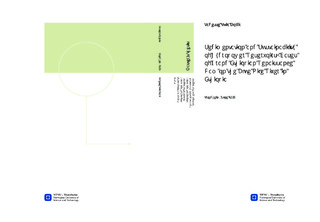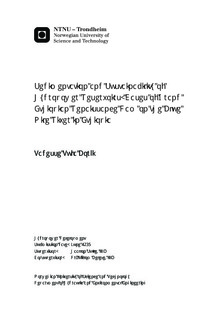| dc.contributor.advisor | Støle, Haakon | nb_NO |
| dc.contributor.advisor | Belete, Dr. Kiflom | nb_NO |
| dc.contributor.author | Borji, Tadesse Tufa | nb_NO |
| dc.date.accessioned | 2014-12-19T12:32:54Z | |
| dc.date.available | 2014-12-19T12:32:54Z | |
| dc.date.created | 2013-12-03 | nb_NO |
| dc.date.issued | 2013 | nb_NO |
| dc.identifier | 675475 | nb_NO |
| dc.identifier | ntnudaim:9427 | nb_NO |
| dc.identifier.uri | http://hdl.handle.net/11250/242439 | |
| dc.description.abstract | Summary Sediment accumulation in a reservoir is a serious problem that threatens sustainability of the reservoir and has severe consequence on reservoir productivity during its operation time. In order to predict the reservoir sediment deposition pattern, evaluate its consequences on the reservoir yield and identify appropriate reservoir sediment management strategy, accurate quantification of long term average sediment yield is needed. The accuracy of sediment yield estimate depends on availability of good quality suspended and bed load data for period long enough to account for temporal variability, which however is very limited in the Blue Nile Basin. Thus there should be a means to estimate the sediment yield based on the very limited data. In this study sediment rating curve developed based on available data was used to generate longer sediment concentration data from the discharge history in order to quantify sediment yield at different locations (Kessie, Burie and Tato) in the basin. Sediment yield estimated based on rating curve was compared with sediment yield estimated based on data obtained from secondary sources (bathymetric survey data of Roserires reservoir and average sediment concentration at El-Deim) and delivery ratio. Comparisons of various scenarios were made to finally estimate total sediment load of 245 million t/year at GERD. Deposition pattern of sediment entering the GERD reservoir was predicted based on Empirical Area Reduction method. The sediment deposit depth in the reservoir increases gradually and fills up the storage below the minimum water level which defines the life of the reservoir. According to the Empirical Area Reduction method, the GERD reservoir will have life of 116 years for the estimated annual sediment load of 245 million tonnes, trap efficiency of 100% and average deposit density 1.12 t/m3. The reservoir storage capacity will be lost at an average rate of 0.3 % per year. Consequences of storage capacity loss on production capacity were evaluated where the average annual energy loss due to active storage loss amounts 27 GWh. The estimated present value of economic loss indicates that the total economic values forgone due to the live storage loss was found to vary between 0.26% and 0.06% of the original dam cost, 4.33 billion USD when the discount rate varied between 5% and 13% respectively. Various reservoir sediment management strategies were evaluated with the catchment area, environmental and social considerations, reservoir capacity to inflow ratio and total sediment load as governing parameters. According to the preliminary assessment and further evaluation of management strategies using RESCON model dredging was found appropriate for the GERD reservoir. Based on the RESCON model estimates, 20 dredges capable of removing 11 million m3 per year each have to be installed in order to keep the reservoir sustainable. | nb_NO |
| dc.language | eng | nb_NO |
| dc.publisher | Institutt for vann- og miljøteknikk | nb_NO |
| dc.title | Sedimentation and Sustainability of Hydropower Reservoirs: Cases of Grand Ethiopian Renaissance Dam on the Blue Nile River in Ethiopia | nb_NO |
| dc.type | Master thesis | nb_NO |
| dc.source.pagenumber | 159 | nb_NO |
| dc.contributor.department | Norges teknisk-naturvitenskapelige universitet, Fakultet for ingeniørvitenskap og teknologi, Institutt for vann- og miljøteknikk | nb_NO |

